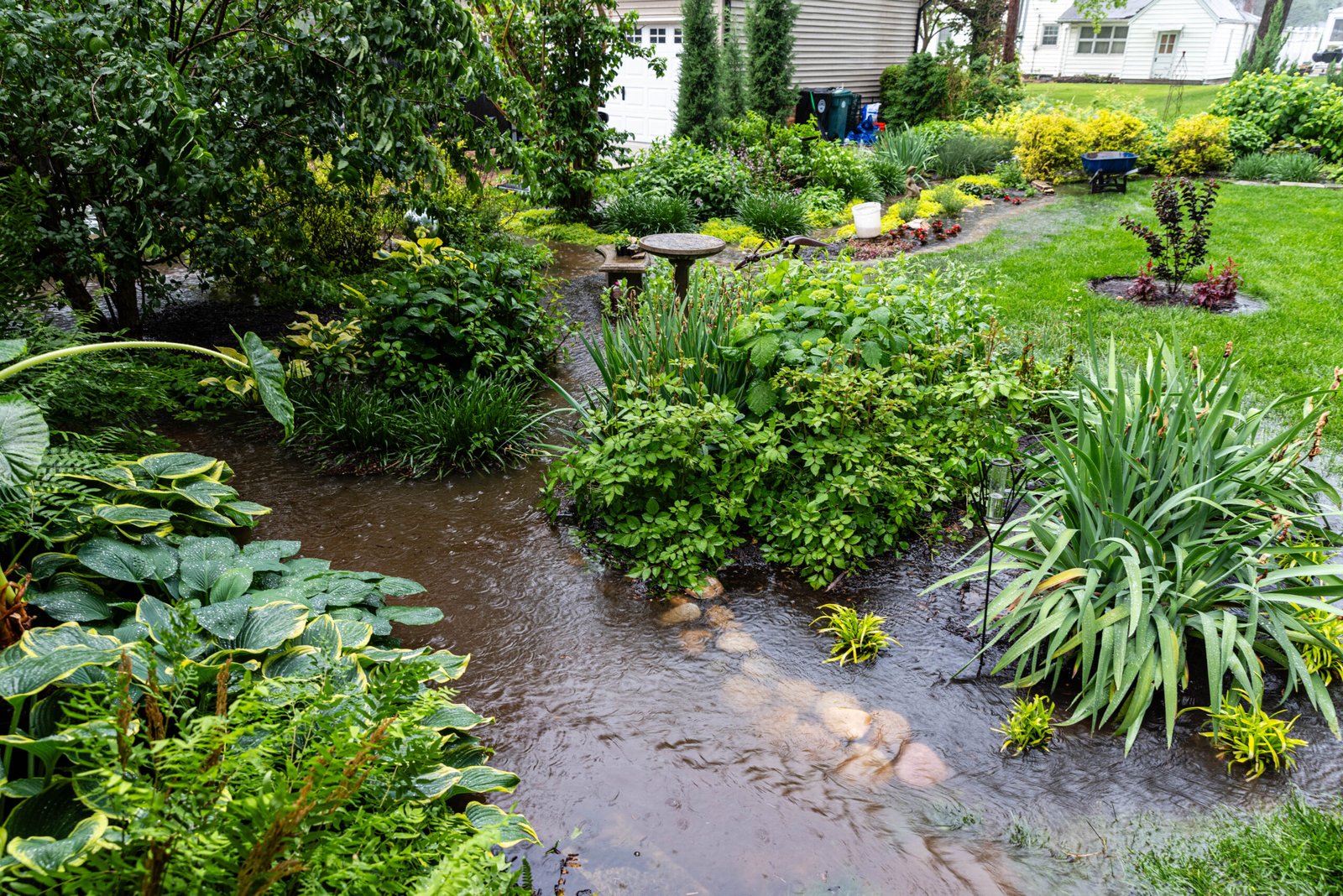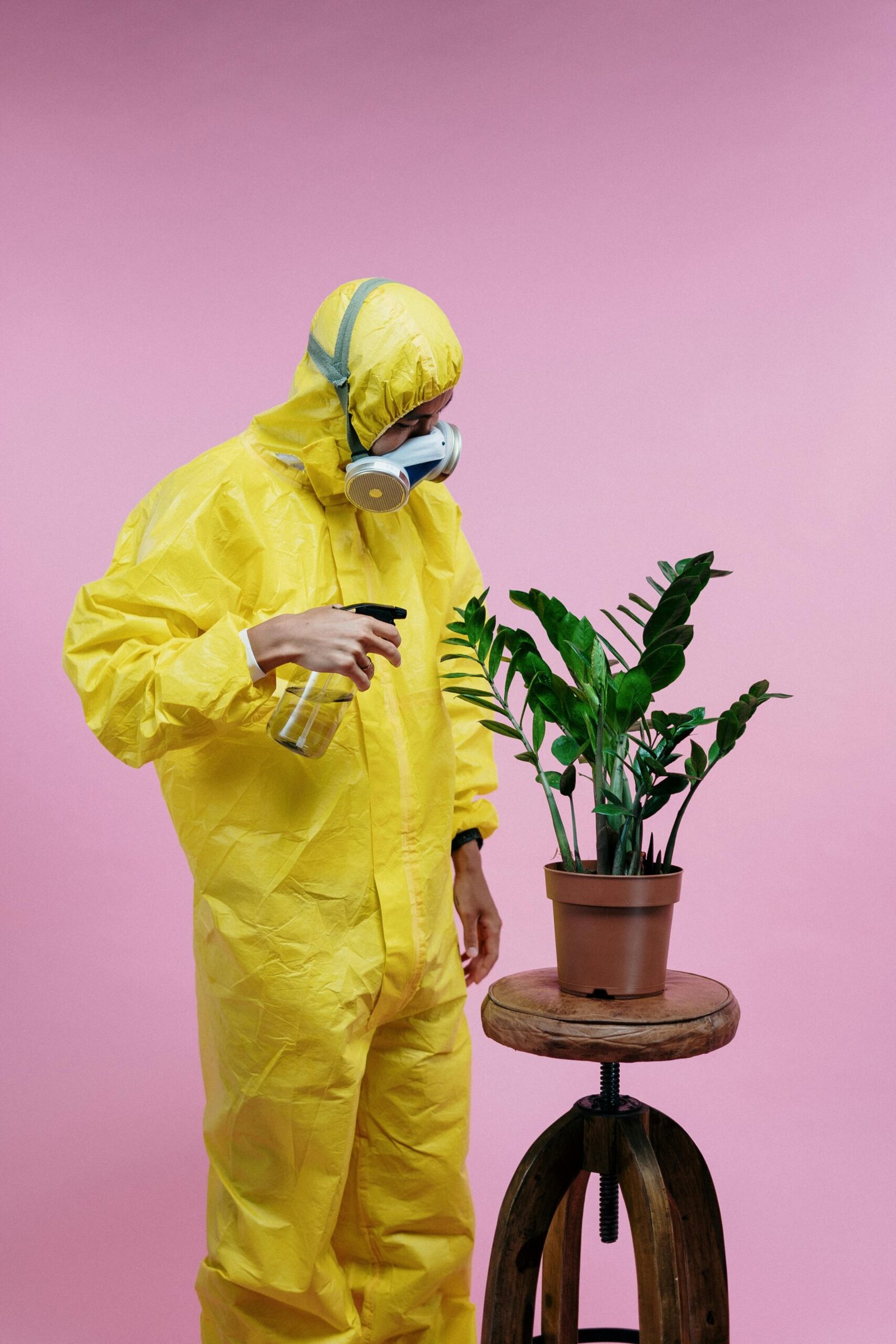Why Good Drainage is Essential for Your Garden
Good drainage is a critical element of any successful garden, and its importance goes far beyond aesthetics. Without proper drainage, both your plants and hardscapes can suffer, leading to long-term problems that are often costly to fix.
Keeps Your Plants Healthy
Poor drainage creates waterlogged soil, which can spell disaster for plants. When roots sit in water for too long, they are deprived of oxygen, which they need to survive. Over time, this can lead to root rot—a condition that damages and eventually kills plants.
Well-drained soil, on the other hand, strikes the perfect balance. It allows excess water to escape while holding just enough moisture for plants to absorb. This keeps roots aerated, healthy, and able to take in the nutrients they need to grow strong.
Prevents Nutrient Loss
When soil doesn’t drain properly, vital nutrients can be washed away by pooling water. These nutrients are essential for plant health and growth, and without them, your plants will struggle. Good drainage ensures that the soil stays fertile and nutrient-rich, supporting vibrant flowers, lush lawns, and productive vegetable gardens.
Protects Your Home’s Foundation
Drainage doesn’t just benefit your plants—it protects your home, too. Excess water near your house can cause structural problems like rising damp or soil subsidence. Over time, this can damage foundations, walls, and floors, leading to expensive repairs. By managing garden drainage effectively, you help safeguard your property.
Essential for Hardscape Longevity
Drainage plays a key role in maintaining patios, pathways, and other hardscape features. Without it, water can collect on surfaces, making them slippery, unsafe, and prone to damage. This is especially true for gardens with heavy clay soil, which retains moisture. When clay soil gets waterlogged and later dries out, it shrinks and shifts, which can crack patio paving or move pathways out of place.
By integrating proper drainage into your hardscape design—such as using permeable materials or installing drainage channels—you can avoid these issues and keep your outdoor spaces looking great.
Simple Solutions for Better Drainage
Improving drainage doesn’t have to be complicated. Here are a few practical tips:
- Amend Your Soil: Adding organic matter like compost can improve soil structure, particularly in clay-heavy gardens.
- Install a French Drain: A simple gravel-lined trench can help direct excess water away from problem areas.
- Use Raised Beds: Elevating your planting areas can prevent water from pooling around plants.
- Choose Plants Wisely: Opt for plants that thrive in damp conditions for naturally wetter parts of your garden.
Proper drainage is the backbone of a healthy, thriving garden. It supports plant growth, preserves hardscape features, and even protects your home. Whether you’re tackling a DIY project or working with a professional landscaper, prioritizing drainage will save you trouble and money in the long run.







